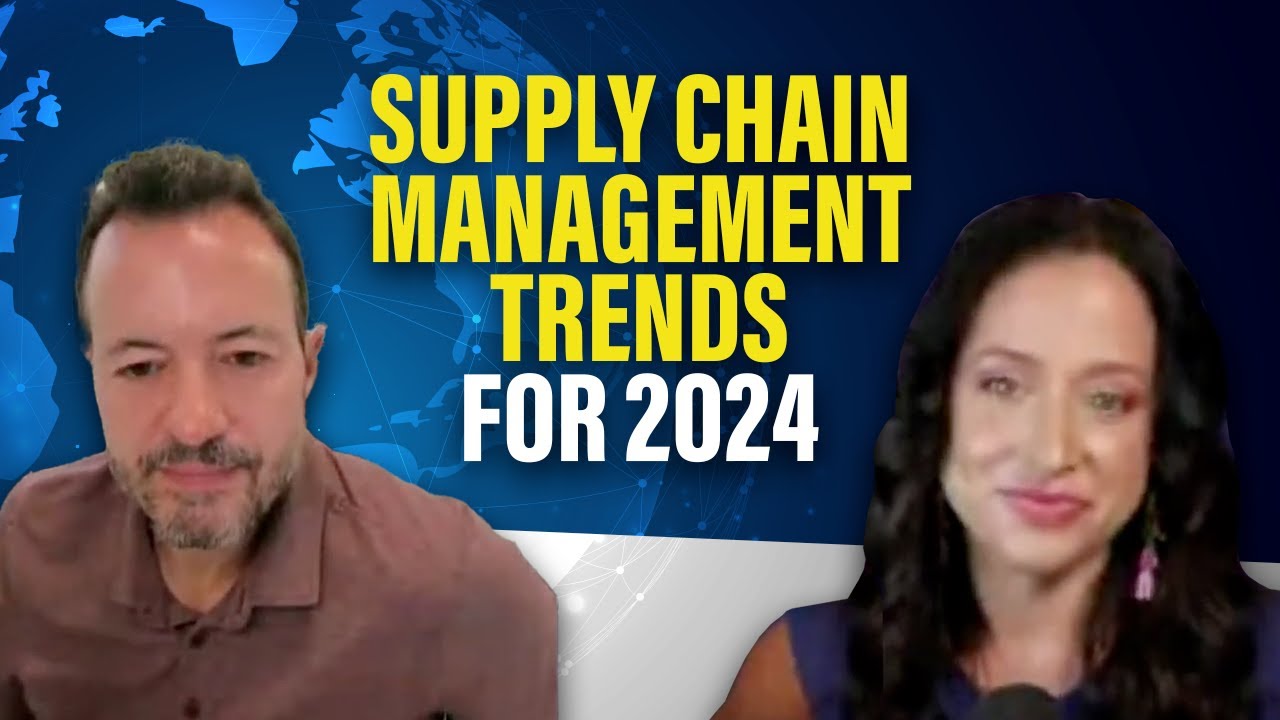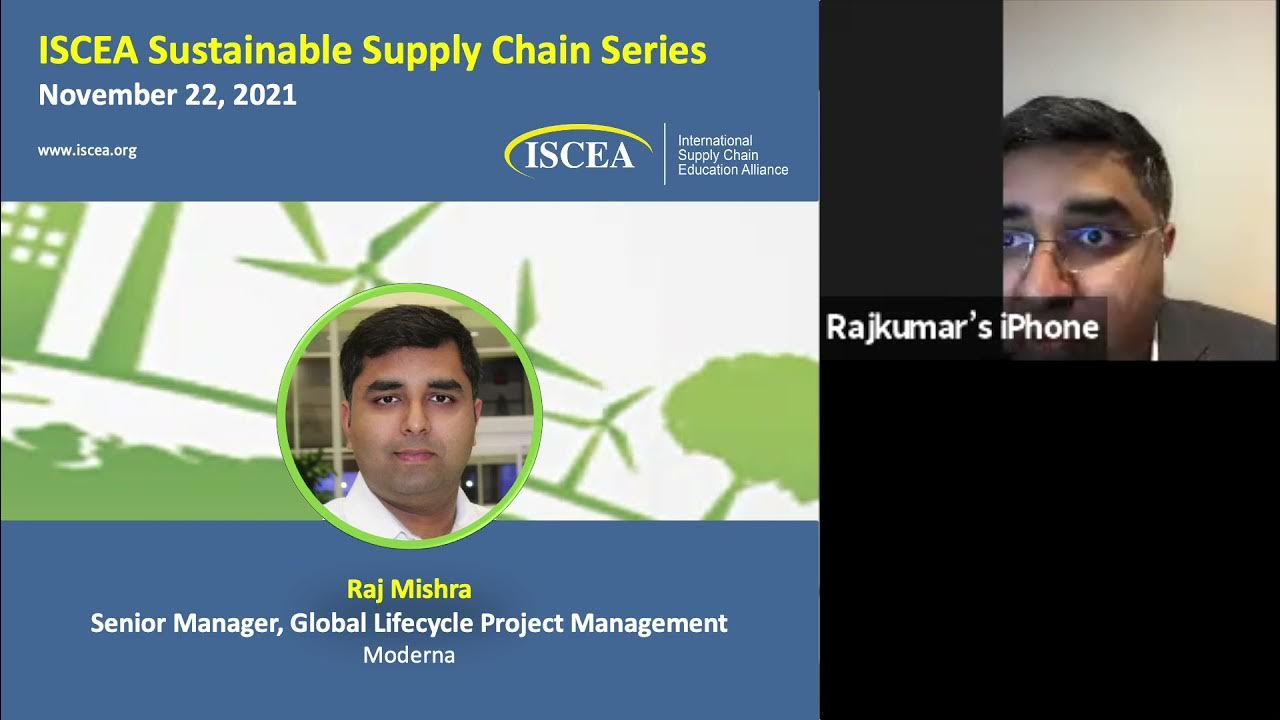Supply Chains 2022: Problems and Solutions
Summary
TLDR在这段访谈中,IEEE会员Tom Coughlin讨论了2022年供应链面临的主要问题及其解决方案。他指出,新冠疫情对供应链产生了重大影响,导致工厂关闭和运输人员短缺。Coughlin强调了供应链的相互依赖性和脆弱性,并预测了2022年的不确定性。他提出了一些可能的长期趋势,包括在地生产、自动化和区块链技术的使用,这些都可能改变供应链管理。尽管面临挑战,Coughlin对2023年的技术发展和人机协作的积极前景持乐观态度。
Takeaways
- 😷 2022年供应链面临的主要问题是新冠疫情的持续影响,包括工厂关闭和运输人员不足。
- 🔗 供应链的相互依赖性使得全球各地的生产和消费更加脆弱,容易受到疫情等因素的影响。
- 🌐 疫情可能导致供应链的不确定性,例如新的病毒变种可能对来年的供应链产生影响。
- 🔄 长期问题可能包括供应链的重构,比如更多地在本国生产而不是从其他地方进口。
- 🤖 自动化的趋势可能会加速,包括工厂和物料处理,包括运输方面的自动化。
- 🚗 特定行业,如汽车行业,可能会因为芯片和半导体的短缺而经历重大变化。
- 📈 供应链拥堵问题可能会在2022年继续,特别是在第一季度,受疫情影响工人的可用性。
- 🔄 分布式账本或区块链技术在控制供应链方面将发挥重要作用,有助于提高供应链的透明度和效率。
- 🏭 制造更多关键组件的本地化可能是一个长期趋势,受到政治推动和供应链问题的影响。
- 🌟 技术的发展和实施,以及人与机器之间的互动,将是2023年及以后的积极发展方向。
- 🤝 人机协作将提升制造能力,AI和自动化不仅替代人力,还将增强人的能力,使人类和机器更自然地协同工作。
Q & A
2022年供应链面临的主要问题是什么?
-供应链面临的主要问题包括新冠疫情的持续影响、生产和运输的中断、以及全球生产和消费的高度依赖性。
哪些问题可能在短期内得到解决,哪些可能是长期存在的?
-短期内可能会解决的是由于疫情导致的劳动力短缺和运输延迟问题,而长期存在的问题可能包括供应链的整体调整和生产自动化的推进。
你认为疫情会对供应链产生什么样的长期影响?
-疫情可能会促使更多产品在本地生产而非依赖全球供应链,同时推动工厂和运输过程中的自动化进程。
如何看待区块链技术在供应链中的应用前景?
-区块链技术可以通过分布式账本和唯一标识来提高供应链的可追溯性和透明度,从而快速发现和解决问题。
2022年供应链拥堵问题会持续多长时间?
-预计2022年第一季度供应链拥堵问题仍会持续,尤其是由于疫情引起的劳动力短缺和运输问题。
你对2022年供应链的整体前景持乐观态度吗?
-尽管面临许多挑战,但随着技术的发展和供应链的调整,我对2022年的供应链前景持谨慎乐观态度。
如何通过技术手段解决供应链问题?
-通过实施自动化、区块链技术和人工智能,可以提高供应链的效率和可靠性,减少对人工的依赖并增强供应链的灵活性。
你认为未来供应链的变化将会如何影响制造业?
-制造业可能会更加依赖自动化和本地化生产,以减少对全球供应链的依赖,同时通过技术手段提高生产效率。
IEEE在技术进步方面的目标是什么?
-IEEE致力于推动技术的进步,特别是在自动化、区块链和人工智能等领域,以解决供应链面临的挑战。
你认为供应链的数字化转型将带来哪些变化?
-数字化转型将提高供应链的连接性和信息处理能力,促进自动化和技术应用,从而提高供应链的整体效率和应变能力。
Outlines

This section is available to paid users only. Please upgrade to access this part.
Upgrade NowMindmap

This section is available to paid users only. Please upgrade to access this part.
Upgrade NowKeywords

This section is available to paid users only. Please upgrade to access this part.
Upgrade NowHighlights

This section is available to paid users only. Please upgrade to access this part.
Upgrade NowTranscripts

This section is available to paid users only. Please upgrade to access this part.
Upgrade NowBrowse More Related Video

The Supply Chain Sustainability Forum at Sustainability Live 2023

Visibility & Security: Critical Issues in Supply Chain Today

Supply Chain Management Trends for 2024 and Beyond

Sustainability in Pharmaceutical Industry - Moderna

The Impact of the Baby Formula Shortage

When Will the Vehicle Supply Chain Recover?
5.0 / 5 (0 votes)
